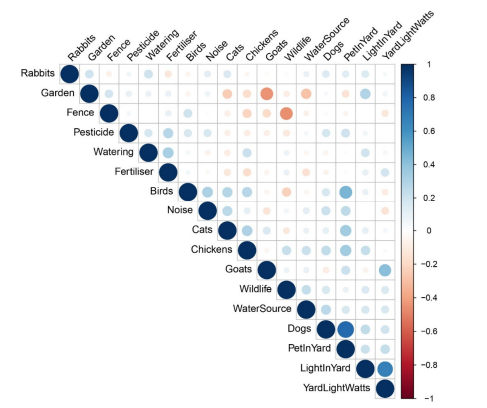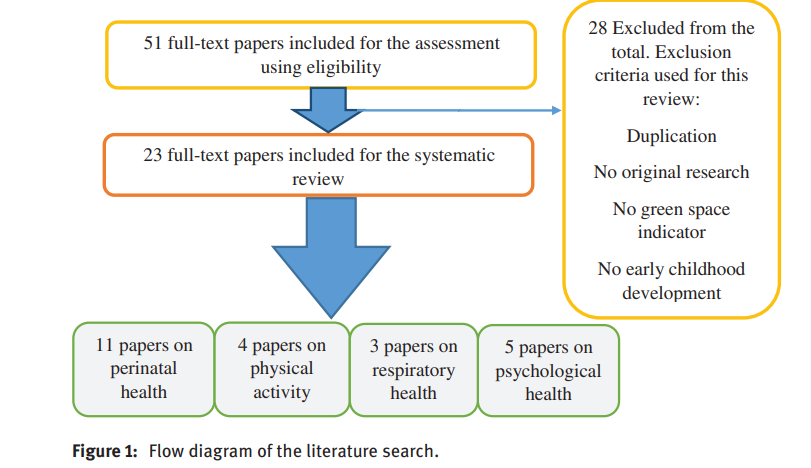The idea of pest management has always been a topic in urban wildlife. Depending on opinion, every species known to man could be considered a nuisance animal. Canadian geese are no exception. From school yards, to neighborhood ponds, they are everywhere. Especially during the winter months in the southern United States, as that is their home range for the winter. Urban goose management is one of the biggest struggles in urban wildlife management, and the authors of this paper did their best to lay it out.
The authors laid out each individual idea of urban goose management in the paper. What the plan entails, how to carry out a successful execution of the plan, and the perceived results. They compared and contrasted several methods based on effectiveness, and legality. They also did a really good job of giving multiple different approaches to managing urban geese populations. If someone was in search of good ideas, this article would be a phenomenal place to start.
The biggest problem they laid out is the down right removal of the birds. Shooting geese in a school parking lot isn’t exactly legal, or the best idea. They laid that out really well. One thing that I have a problem with in the study is that they provide no statistical data to back up each method. Yes, they provide different methods, but there is no concrete evidence to compare and contrast with. The entire basis of science is having evidence to prove a hypothesis. The author’s intentions may not have been to make it scientific study, but there is no concrete evidence in writing that supports that claim.
In the article there is a study included from a high school who had unsanitary conditions on their sports areas due to goose feces and feathers. They do a good job of explaining that the results of what they implemented were effective, but again no concrete evidence. This article really lacks, but it is definitely a good way to start thinking about management practices.




